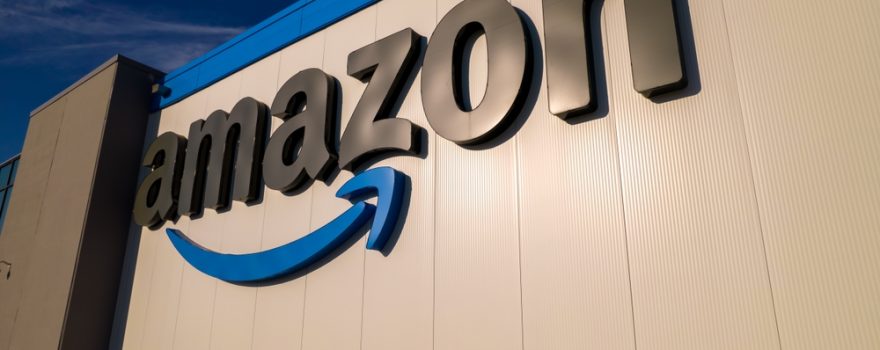
Amazon is using 2025 as a springboard to reposition its demand-side platform from a useful add-on into a central advertising powerhouse, combining publisher partnerships, authenticated data and direct integrations at a pace that rivals haven’t yet matched. Revenue from Amazon’s overall ad business jumped 24% year over year in Q3 to $17.7 billion, and industry executives say the DSP is now positioned as a true full-funnel tool rather than a purely performance-driven platform. With deeper access to premium media, trillions of first-party data signals and closed-loop attribution, marketers are taking notice — and competitors are feeling pressure.
Over the past several months, Amazon has secured direct deals with heavyweights including Netflix, Disney, Roku and top global audio platforms like SiriusXM Media, Spotify and iHeart. These moves allow advertisers running through Amazon DSP to reach authenticated and addressable audiences across streaming TV, digital audio, mobile and desktop placements without relying on fragmented third-party paths. Executives emphasize that direct supply integrations aren’t just about scale, but about enabling publishers to surface inventory value transparently while advertisers tap audience signals that traditionally lived behind e-commerce walls.
The platform’s evolution is also marked by strategic partnerships in the ad-tech layer: Amazon is the preferred transition partner for Microsoft Invest customers as that DSP sunsets in early 2026, while Microsoft Monetize becomes a premium SSP within Amazon’s Certified Supply Exchange. Analysts argue that Amazon is inching closer to resolving one of marketing’s oldest tensions — the divide between brand-building and measurable performance. By merging audience identity, media scale and attribution inside one ecosystem, Amazon DSP creates new expectations for how modern marketers evaluate efficiency, not just reach.
With additional innovation expected at its UnBoxed conference, industry insiders say competitors like Google Display & Video 360 and The Trade Desk will need to accelerate value-layer differentiation rather than rely on legacy scale alone. Amazon’s advantage may not just be its data depth, but its ability to embed media buying inside everyday consumer behaviour. For marketers seeking a platform that blends discovery, commerce, and provable outcomes, the company appears focused on closing the loop — and maybe closing the gap on the category’s long-time leaders.
Read more: source

 Get in Touch
Get in Touch 


